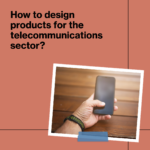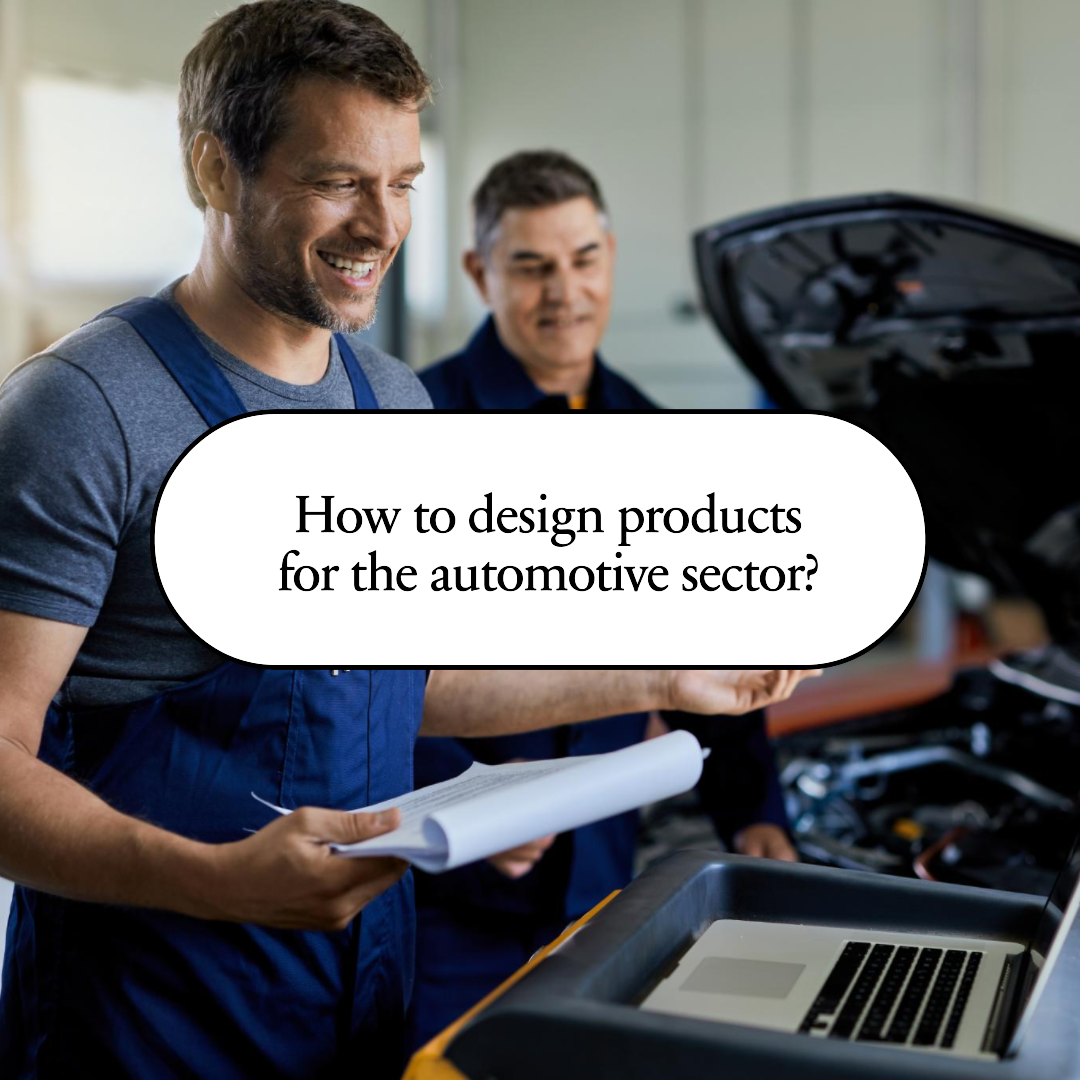How to design products for the transportation and logistics industry?
Introduction
The transportation and logistics industry is a vital part of the global economy. It is responsible for moving goods and people from one place to another, and it plays a key role in supply chains and international trade.
In recent years, the transportation and logistics industry has undergone significant changes. The rise of e-commerce has led to a surge in demand for transportation services. New technologies, such as autonomous vehicles and drones, are also having a major impact on the industry.
To keep up with these changes, transportation and logistics companies need to be able to design and develop innovative products that meet the needs of their customers. This can be a challenge, but it is also an opportunity to create new products that can revolutionize the industry.
Understanding customer needs
The first step in designing any product is to understand the needs of your target customers. In the transportation and logistics industry, your target customers may include shippers, carriers, freight forwarders, and third-party logistics providers.
To understand the needs of your target customers, you can conduct market research, interview customers, and analyze customer feedback. You should also consider the following factors:
- What are the biggest challenges faced by transportation and logistics companies today?
- What new technologies and trends are emerging in the industry?
- What are the unmet needs of transportation and logistics companies?
Designing innovative products
Once you understand the needs of your target customers, you can start to design innovative products that meet those needs. When designing new products, it is important to keep the following in mind:
- Focus on solving customer problems: The best products are those that solve real problems for customers. When designing a new product, focus on solving a specific problem that transportation and logistics companies are facing.
- Use emerging technologies: Emerging technologies can help you to create innovative products that were not possible before. Consider using new technologies, such as artificial intelligence, big data, and blockchain, to create more efficient and effective transportation and logistics products.
- Make your product easy to use: Transportation and logistics companies are often busy and time-constrained. Your product should be easy to use and integrate into their existing systems.
Testing and validating your products
Before launching your new products to the market, it is important to test and validate them thoroughly. This will help to ensure that your products are reliable and meet the needs of your customers.
There are a variety of different ways to test and validate transportation and logistics products. Some common methods include:
- Alpha testing: This involves testing your product with a small group of internal users.
- Beta testing: This involves testing your product with a larger group of external users.
- Pilot testing: This involves testing your product in a real-world environment with a small group of customers.
- Load testing: This involves testing your product under heavy load to see how it performs.
Launching your products to the market
Once you have tested and validated your new products, you are ready to launch them to the market. This is an exciting time, but it is also important to be strategic.
When launching your products, you need to consider the following:
- Target market: Who are you targeting with your products? How will you reach them?
- Pricing: How much will you charge for your products?
- Marketing and sales strategy: How will you market and sell your products?
- Customer support: How will you provide support to your customers after they purchase your products?
Conclusion
Designing products for the transportation and logistics industry can be a challenging but rewarding experience. By following the steps outlined in this article, you can increase your chances of success.








